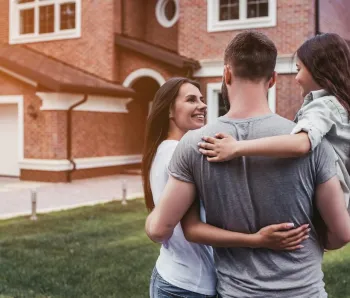With the COVID-19 pandemic forcing people to work remotely, downsize, or employ alternative money-saving techniques, the flexibility of a tiny home has never been more attractive to consumers.
A survey of 2,000 consumers by finance company IPX 1031, released in December, found that 56% of Americans say they would live in a tiny home and 86% of first-time homebuyers would consider one for their first home.
The price is hard to argue with. A median starter-home in the United States costs $233,400, while their pint-sized cousins can be bought for as low as $30,000, with the high-end models topping out at around $60,000.
For some families, the homes are even being bought as second workspaces and “clubhouses,” according to Scott Nathanson, executive vice president at IPX 1031. Business owners who now work at home full-time are using them as their new office, separate from the main home to stay clear of distractions.
More for Real Estate Enthusiasts
“People who run businesses out of their homes, ranging from therapists to dog groomers, are no longer comfortable having clients in their actual residences,” Nathanson said.
The survey concluded that the consumers’ top reasons for buying small, whether as a permanent resident, investment property, or extra living space, were affordability, efficiency, eco-friendliness, the love of a minimalist lifestyle and the ability to downsize.
“With working-from-home becoming a reality for many people for the foreseeable future, we expect to see more and more people using tiny homes as an home office space alternative or an investment property,” he said. “This also works well for students who are schooling from home.”
There has also been a sense of security attached to buying small during a pandemic, especially if that home is mobile, Nathanson said – almost a full-proof quarantine center.
“For people who have continuing pandemic-fueled anxiety about their job security, a tiny home is a good way to downsize and eliminate mortgage payments,” he said.
IPX 1031 found the most purchases in states with smaller populations. Vermont, New Hampshire, Maine, Wyoming, Washington, Idaho, Montana, Oregon, Rhode Island and Alaska were the states with the most sales, Nathanson said. Washington has the highest population of that group, per the most recent census, of approximately 7.6 million people.









